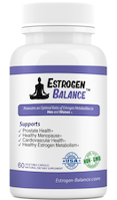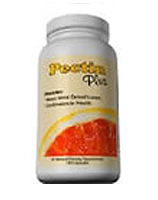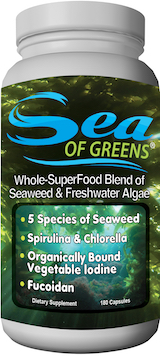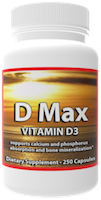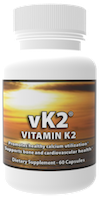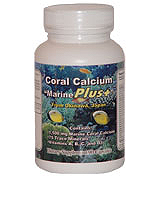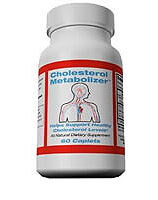Sea Lettuce
Sea lettuce (Ulva lactuca) is a bright green algae composed of lobed, ruffle-edged leaves with a broad translucent frond that is just 2 cell layers thick. It has a rather "crumpled" appearance and is reminiscent of a lettuce leaf, hence the common name. Its leaves are often perforated with holes of various sizes. Almost no stalk exists at the point of attachment, and no true roots are present.
Despite looking flimsy sea lettuce is quite strong for leaves only two cells thick and can easily be harvested, in or out of the water. Sea lettuce is the greenest seaweed you will ever see. When dried by the sun, its color can range from white to black.
The sea lettuces are widely distributed along the cool water coasts of the world's oceans and are eaten by a number of different sea animals, including manatees and the sea slugs. Sea lettuce may be found attached to rocks and shells by a holdfast, but it is also commonly found free floating. Among the most common of the shallow water seaweeds, sea lettuce is often found in areas of exposed rocks and in stagnant tide pools. Sea lettuce has also been recorded at depths of 75 feet or more. Sea lettuce grows in both high and low intertidal zones and marshes throughout the year.
There are ten species of sea lettuce, all of which are edible and and a good food source for humans. Sea lettuce is high in protein, soluble dietary fiber, and a variety of vitamins and minerals, especially iron and calcium. It is usually eaten raw in salads and cooked in soups. It can also be used as a substitute for nori, a seaweed used in sushi.

